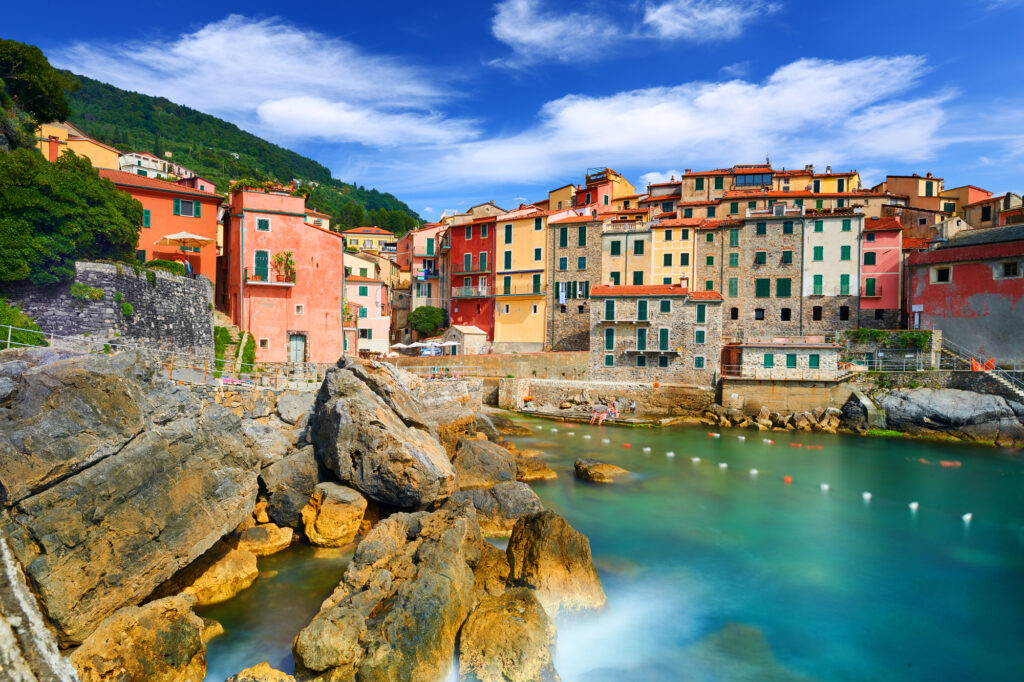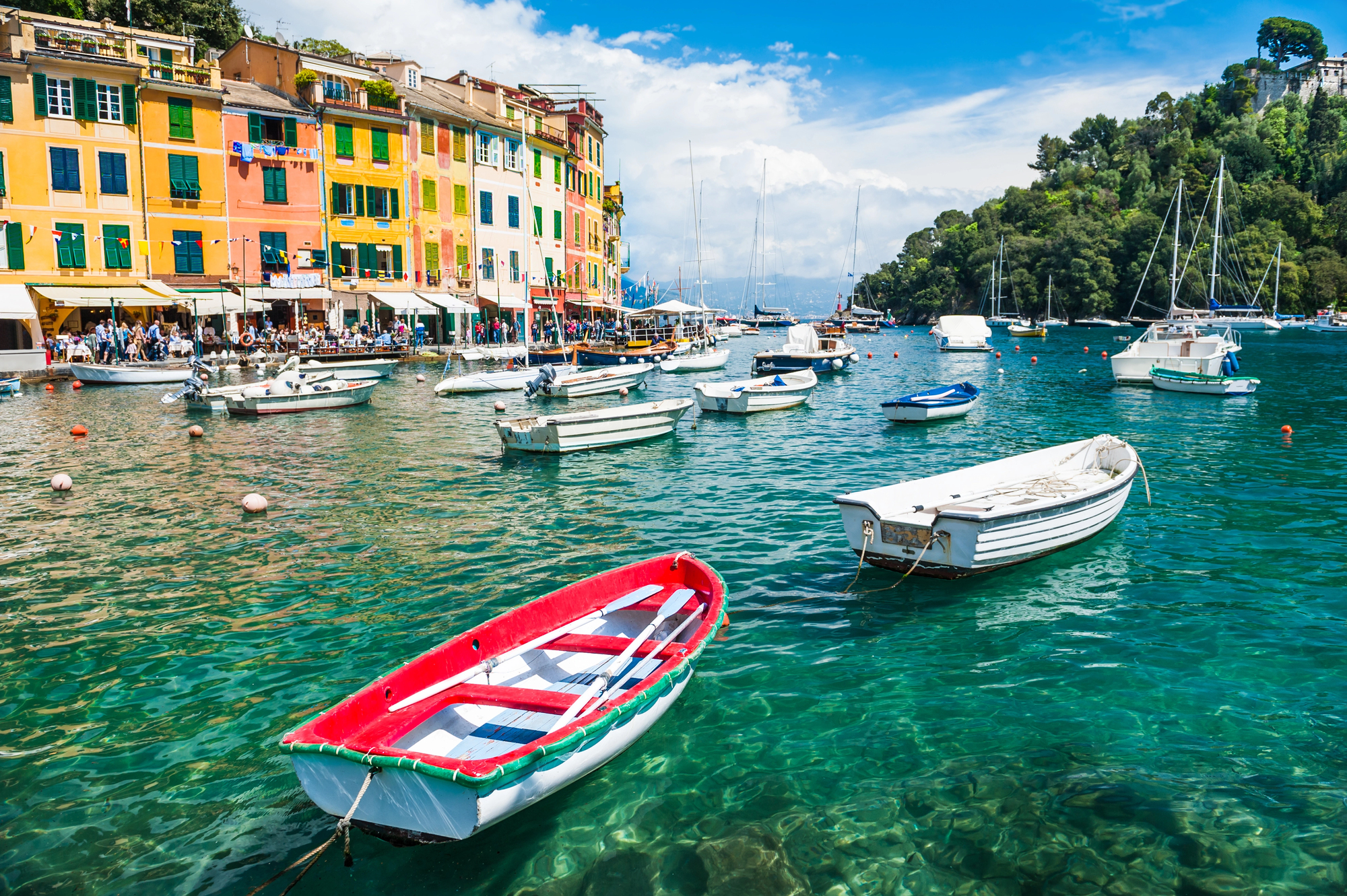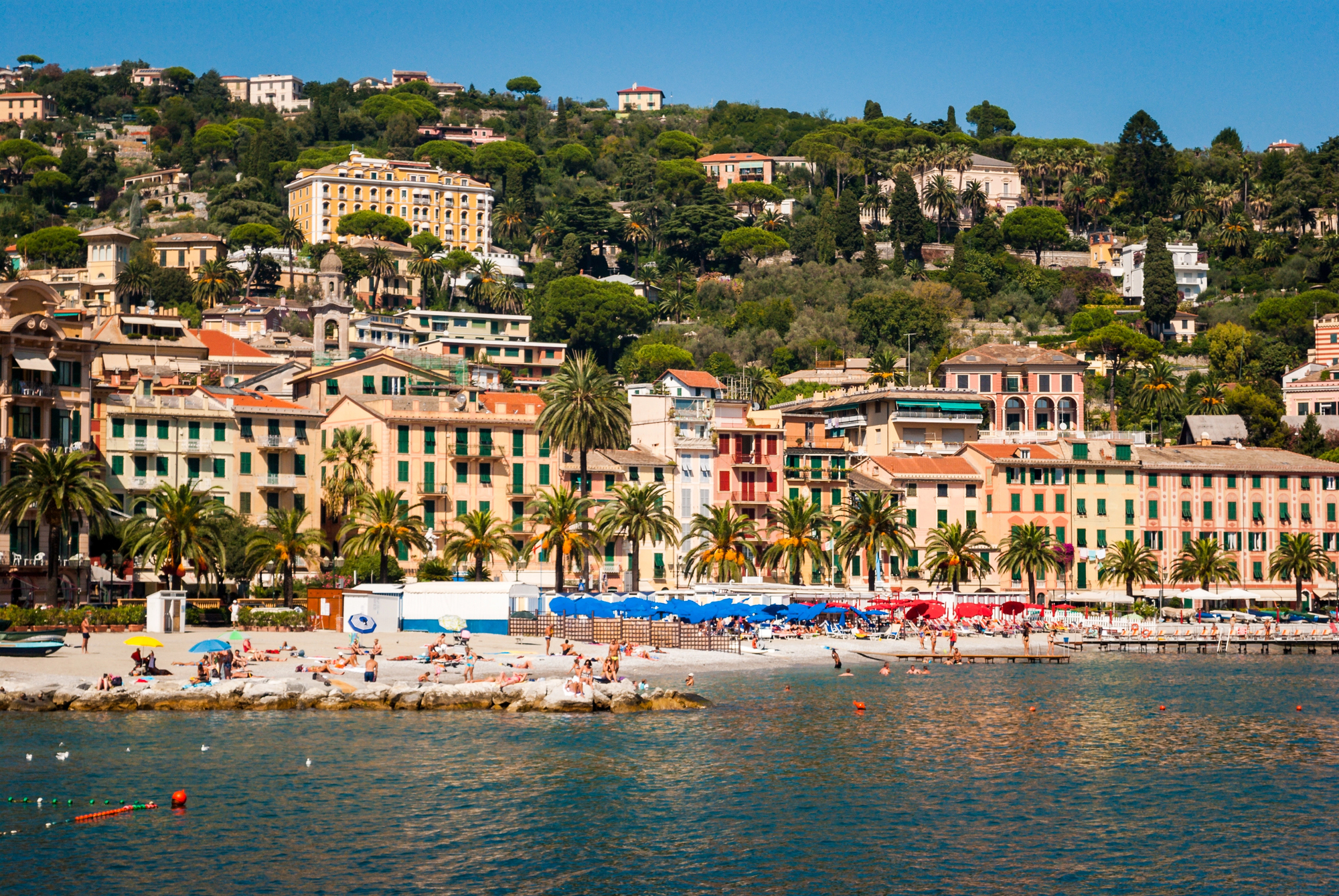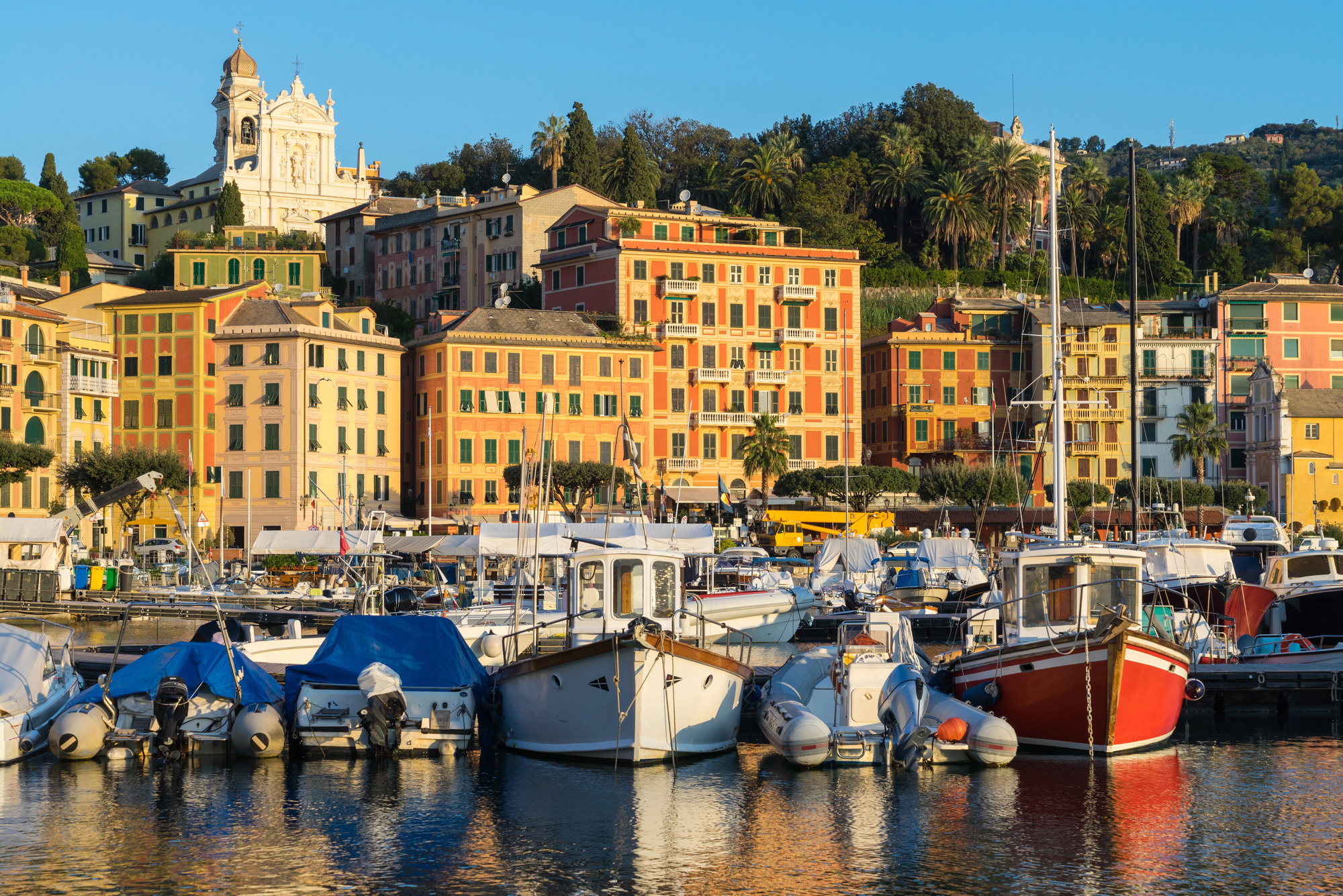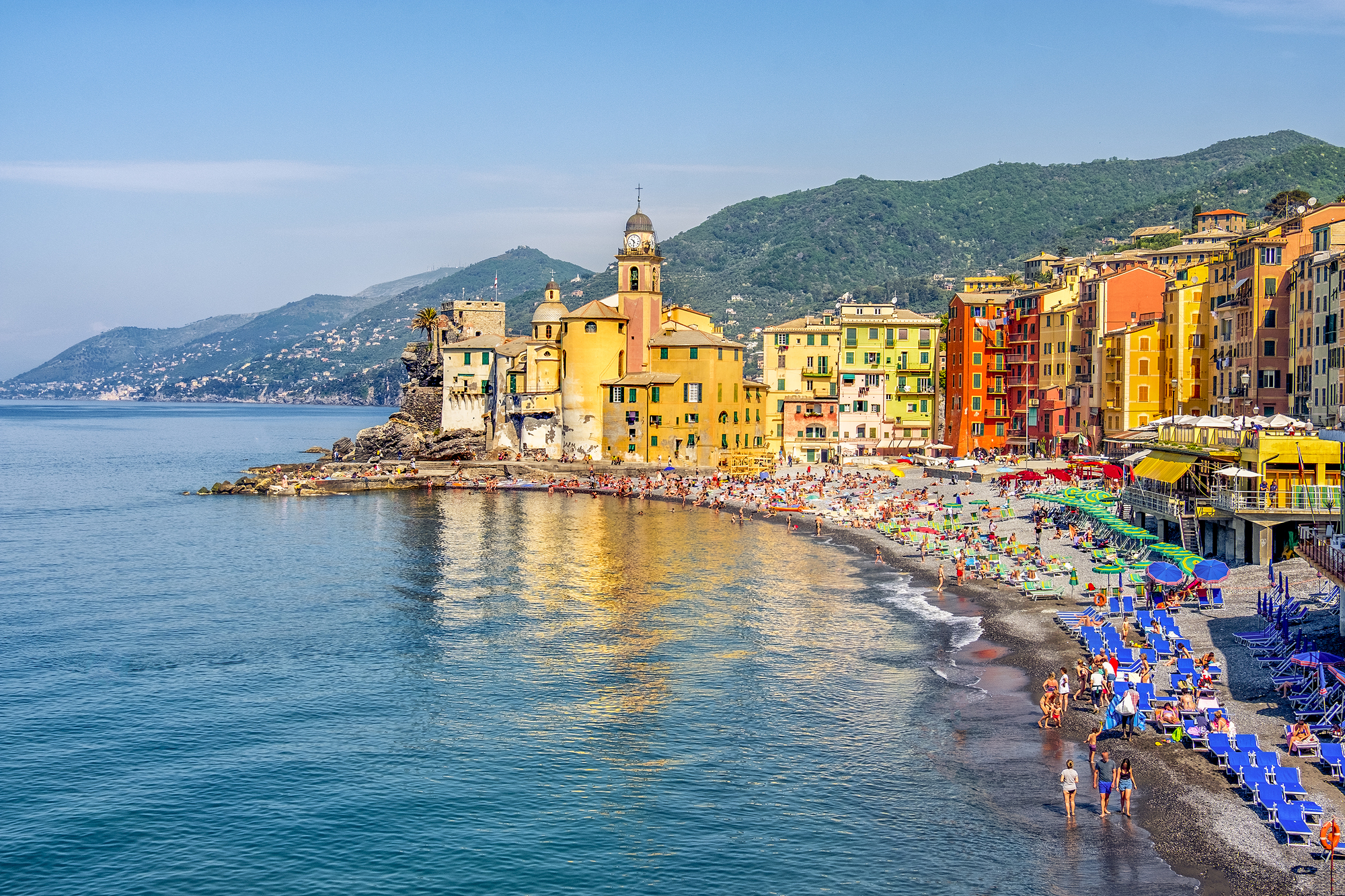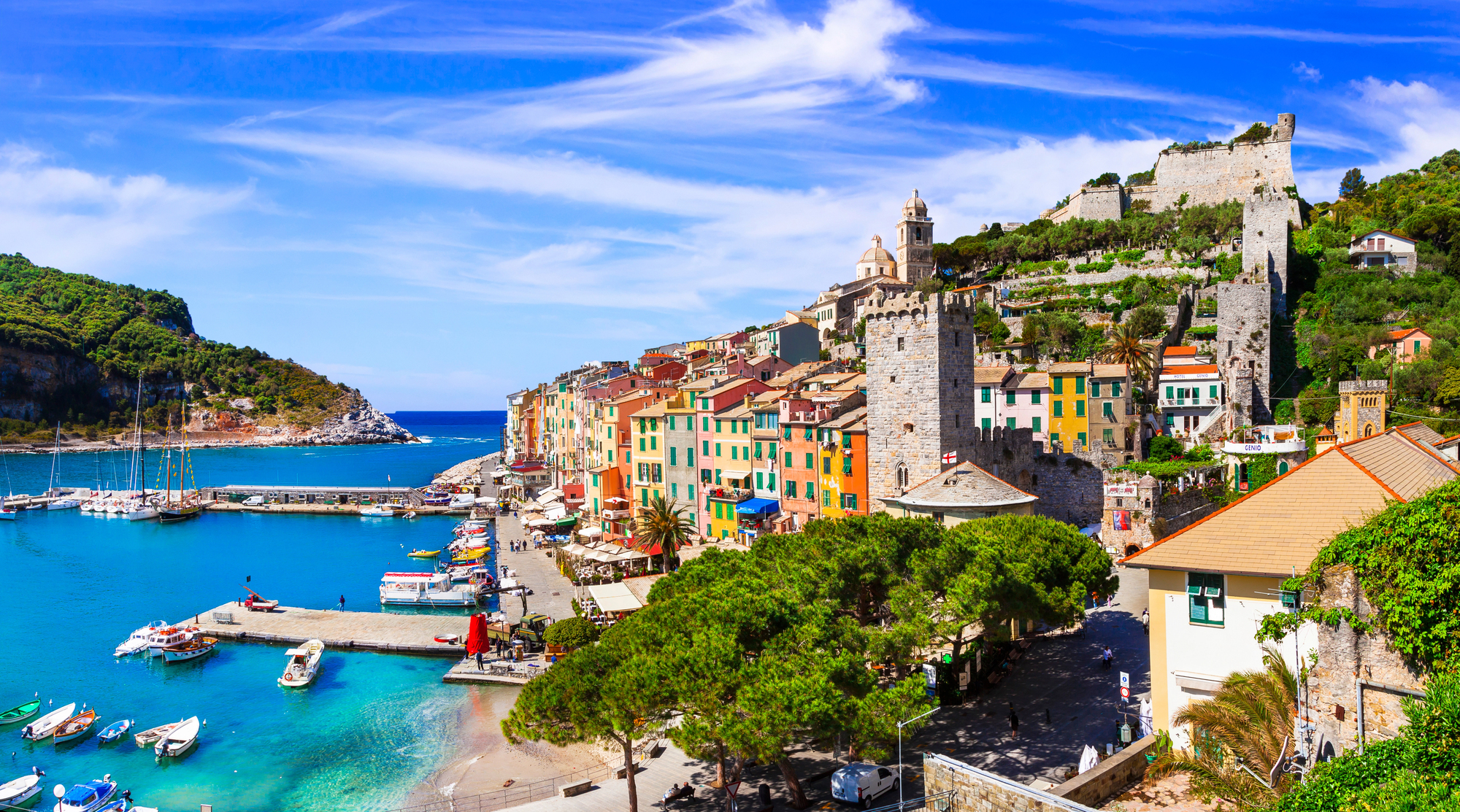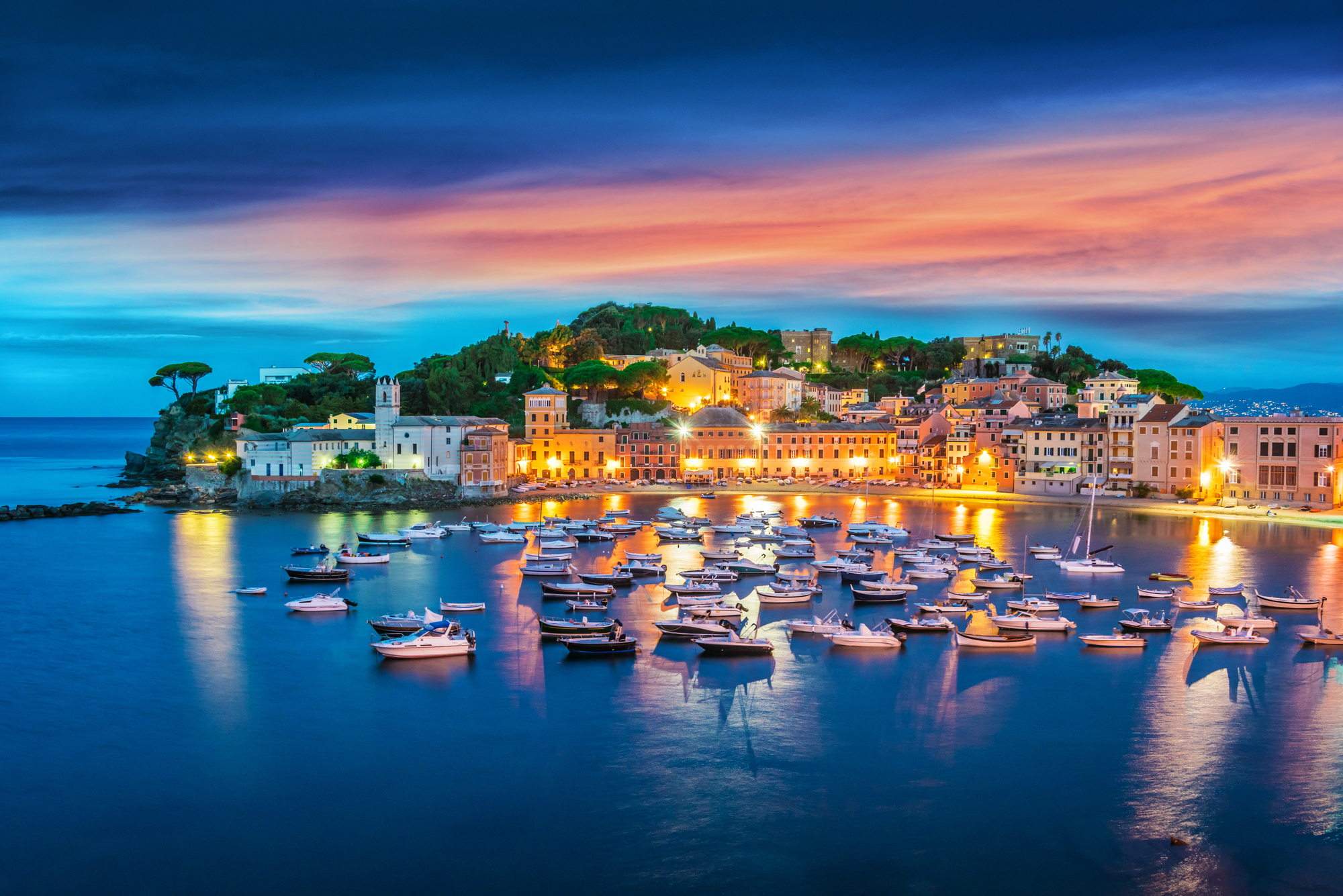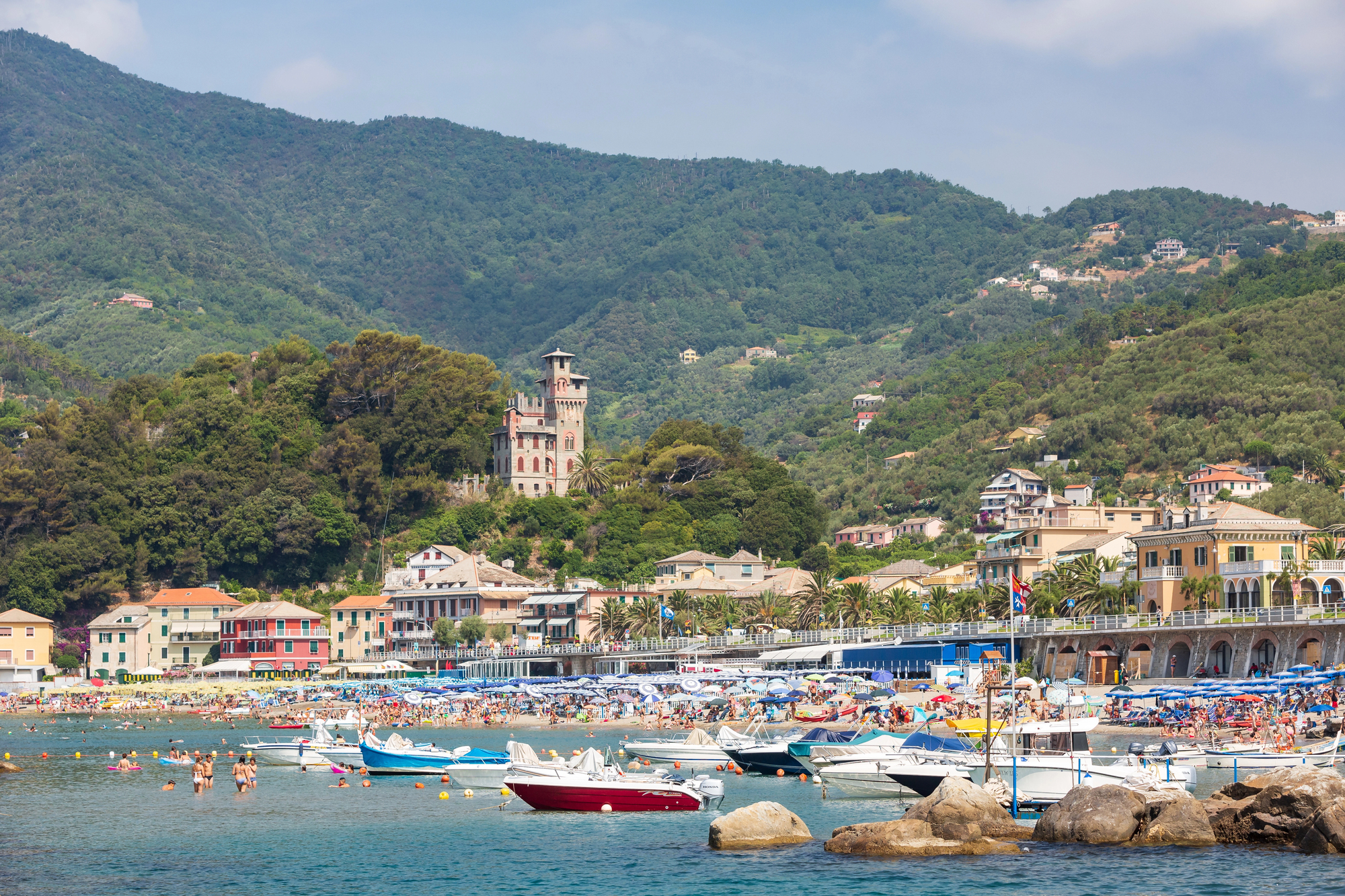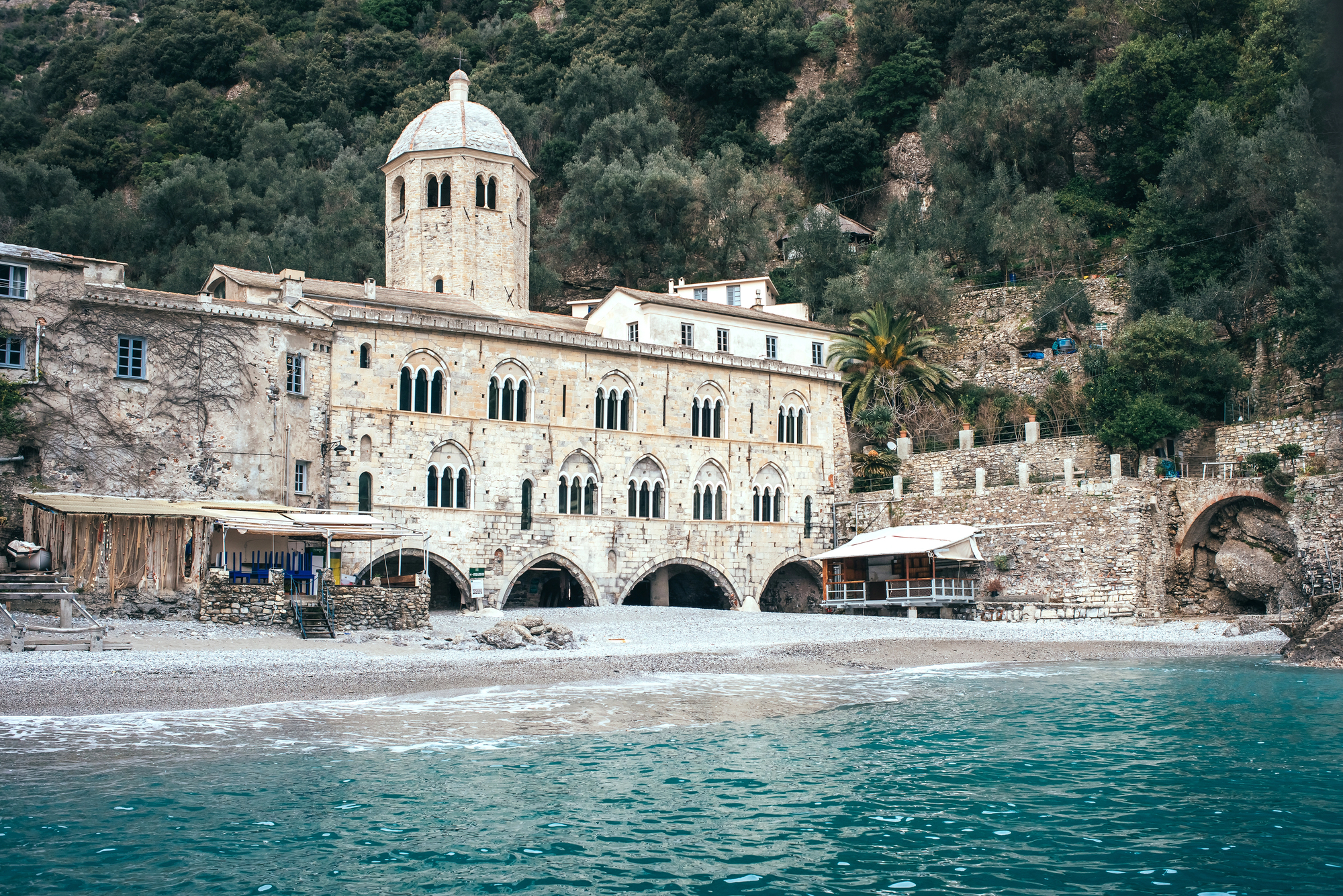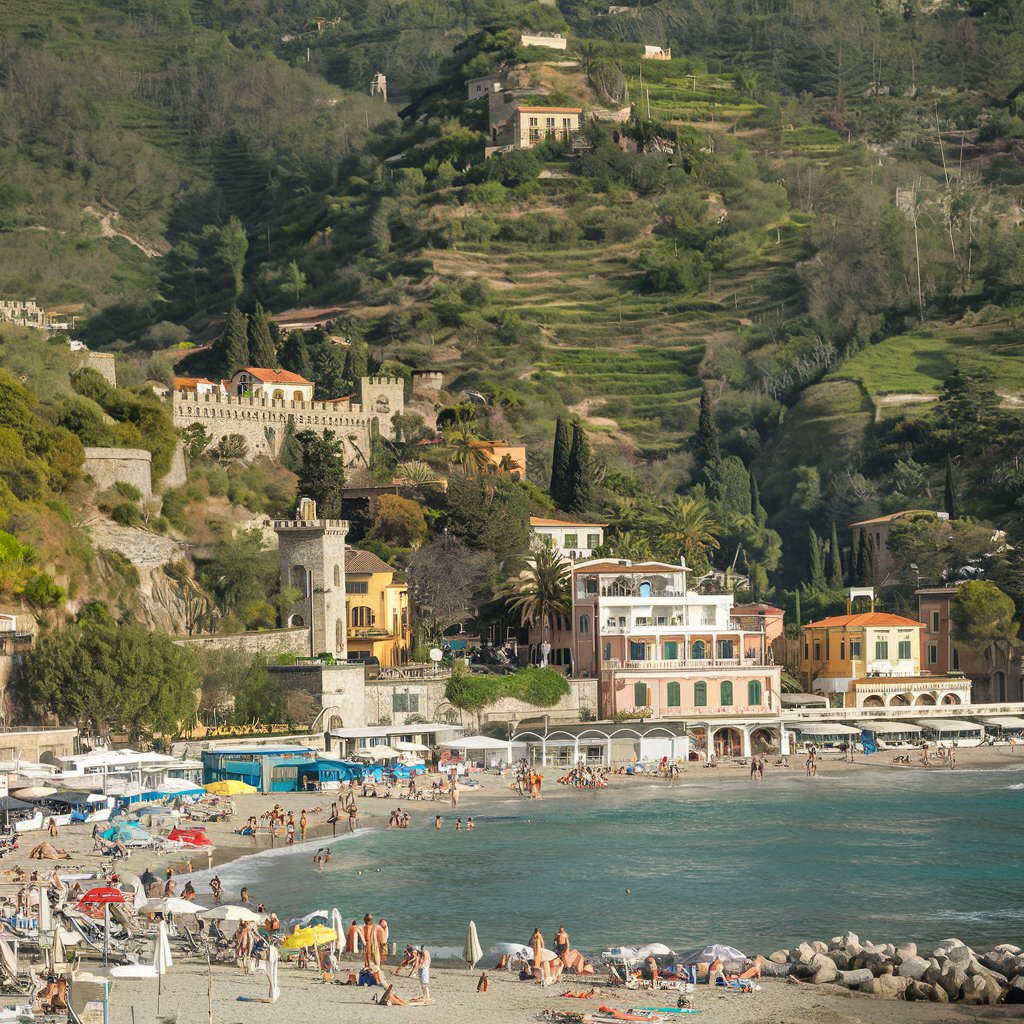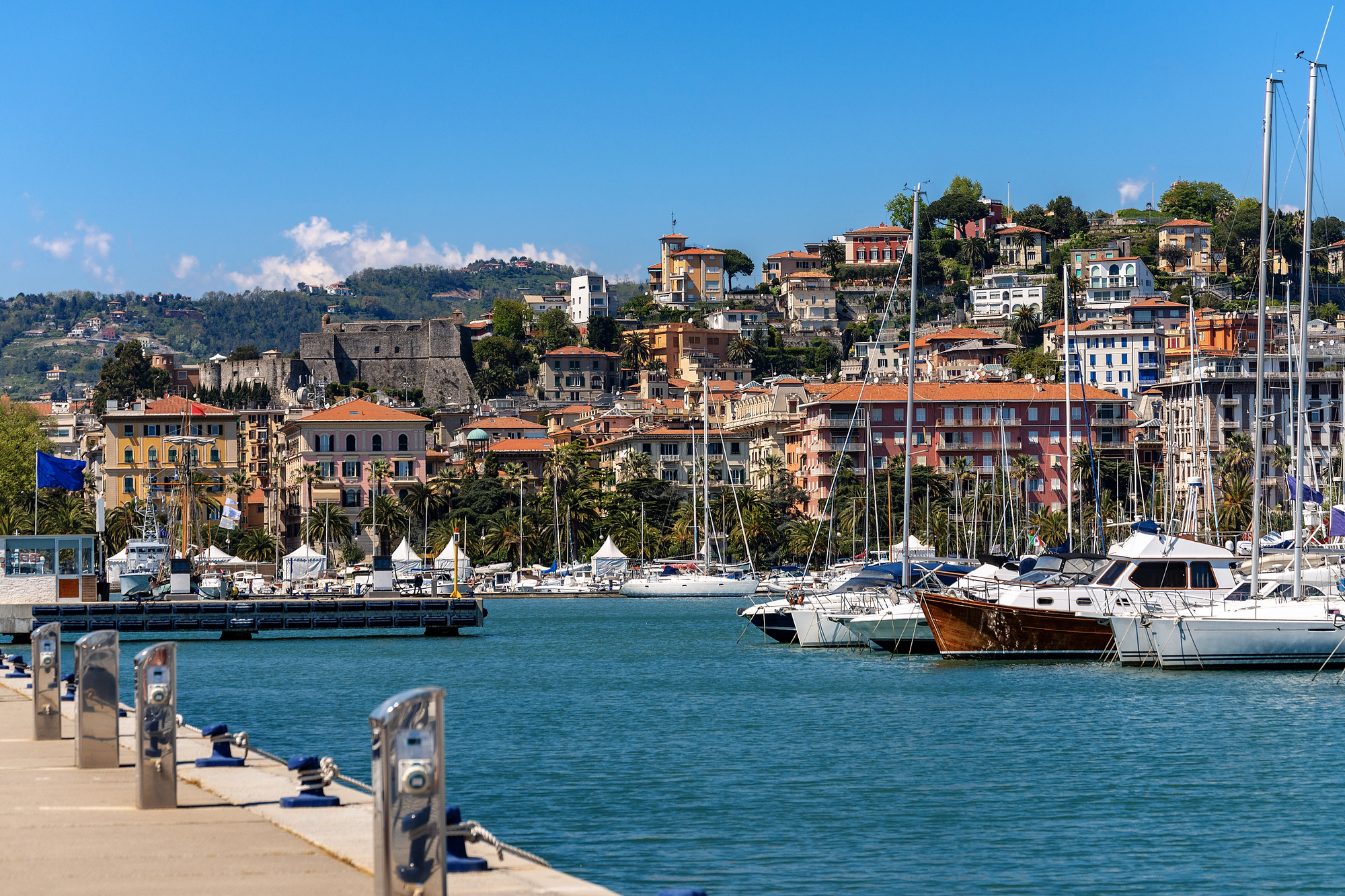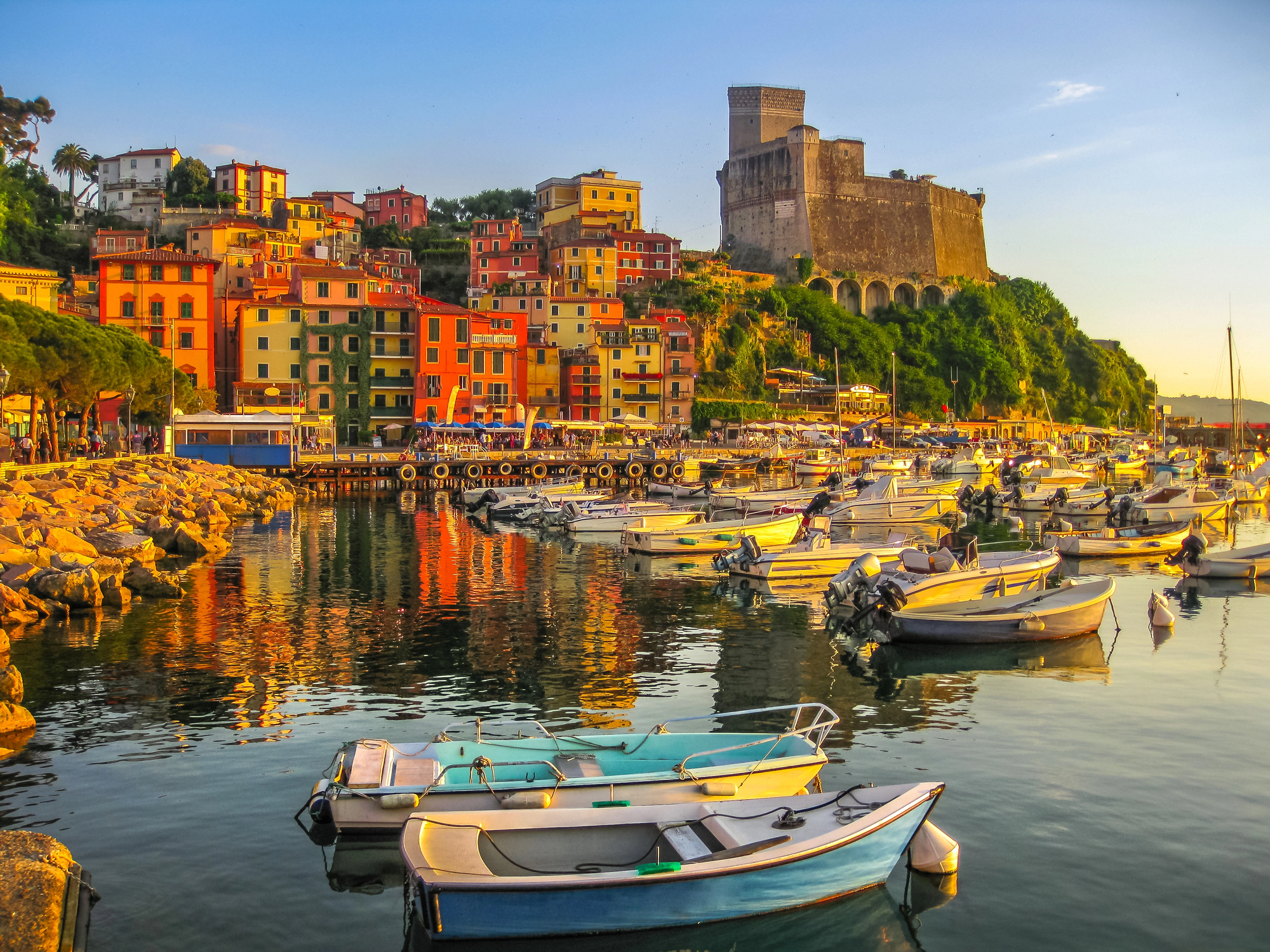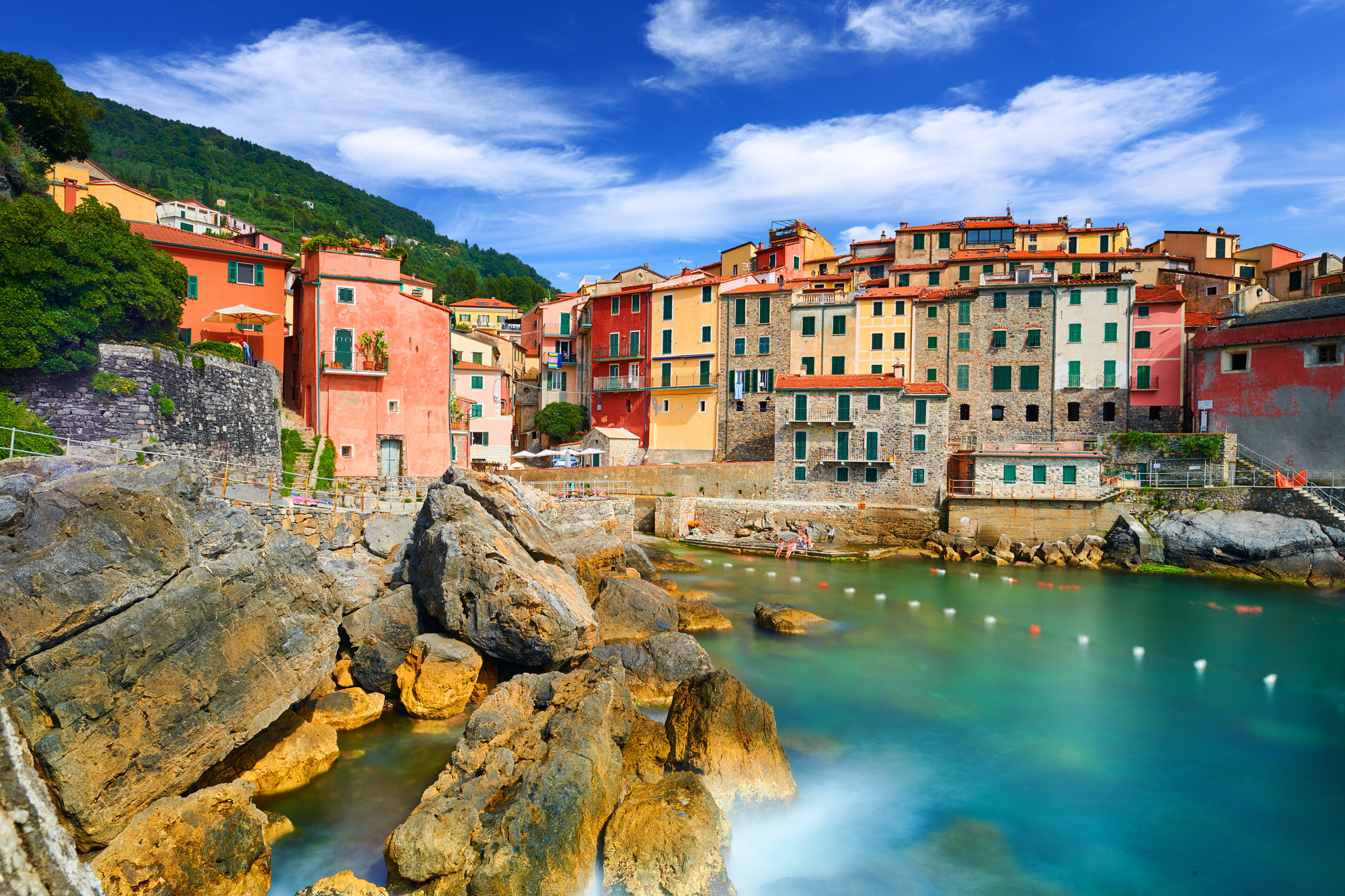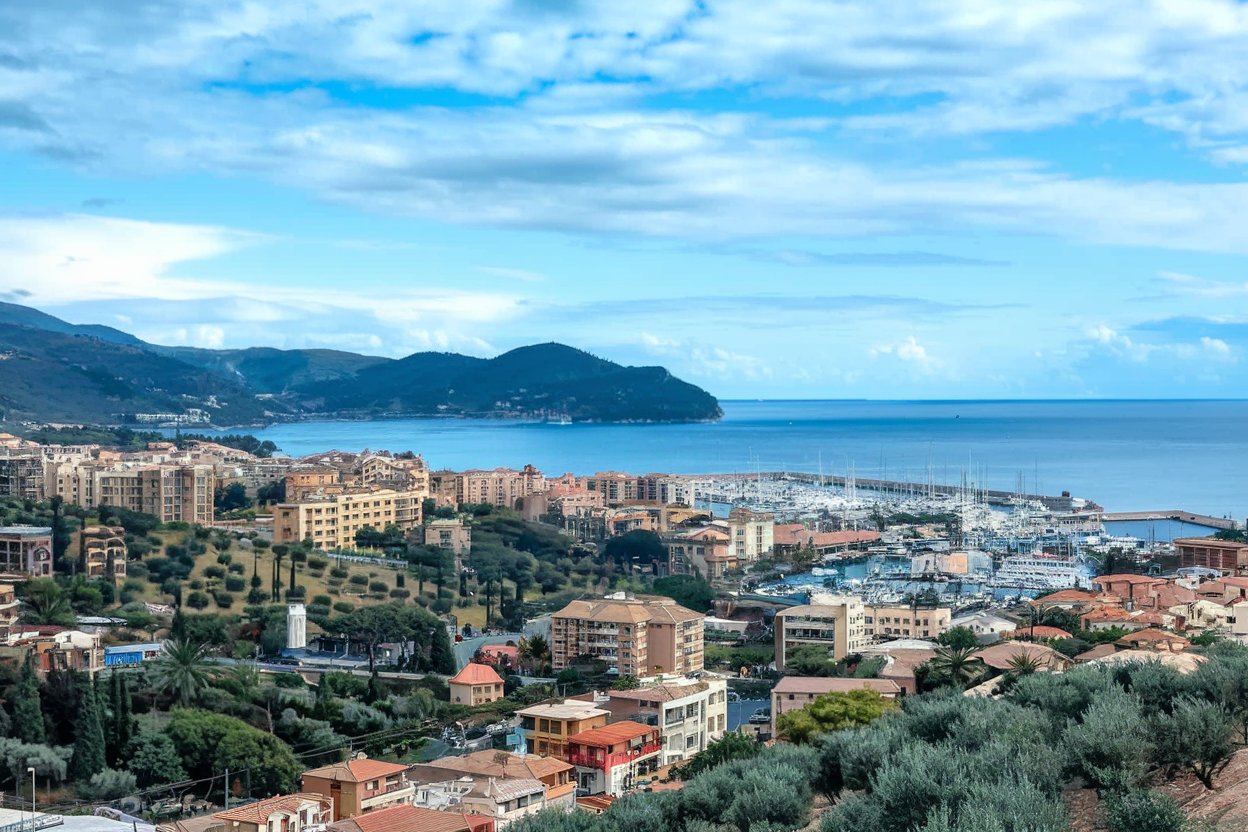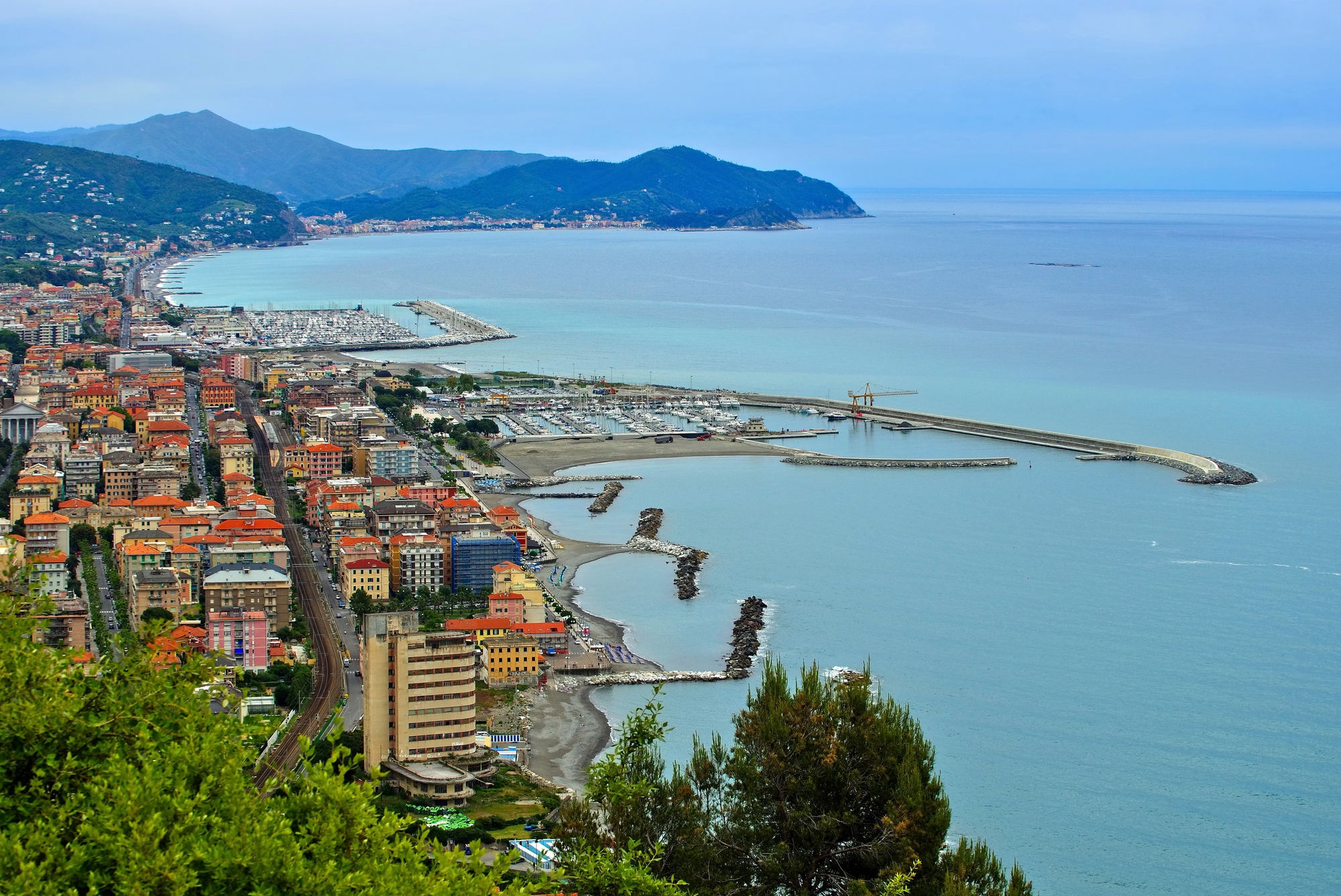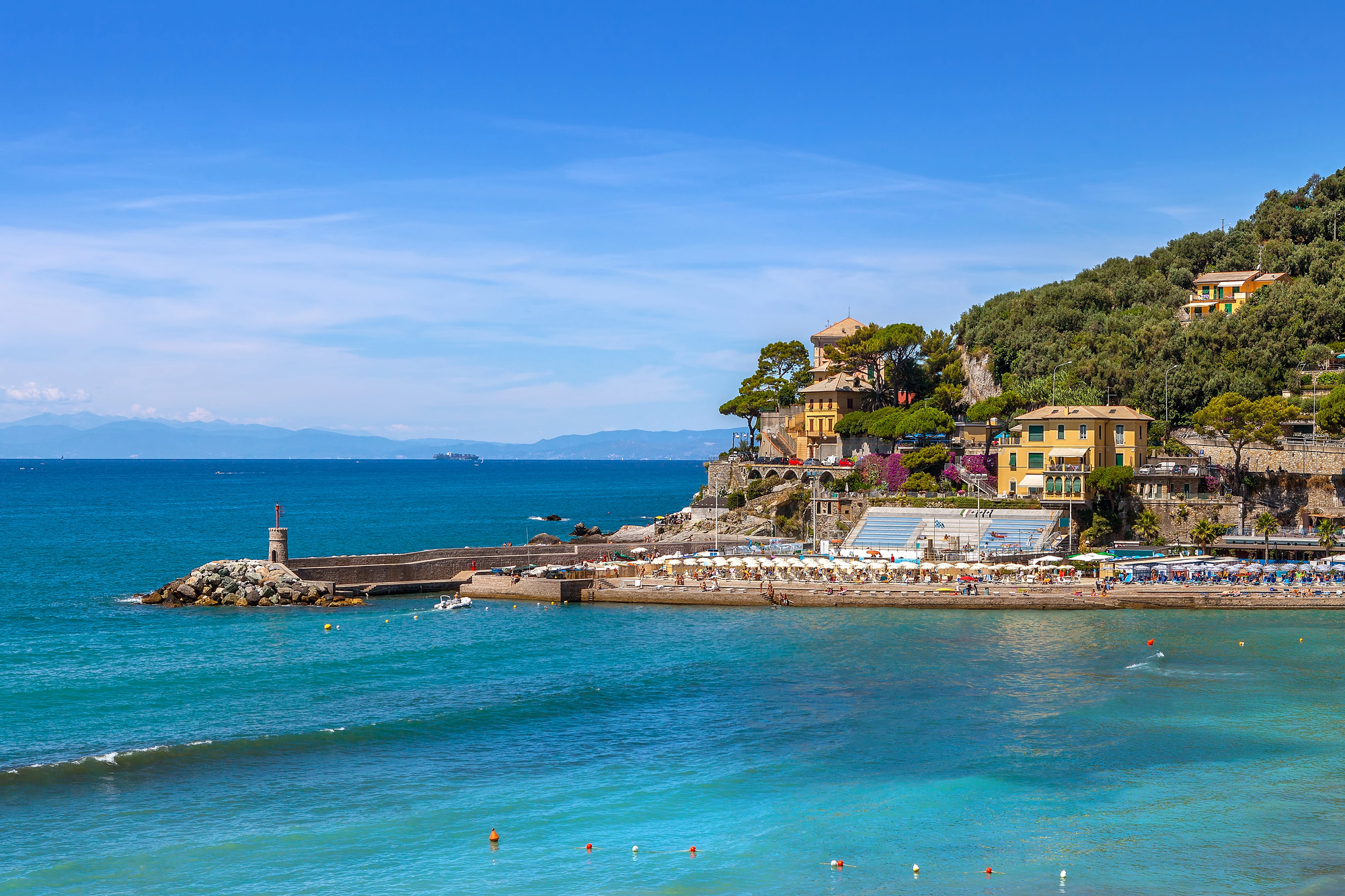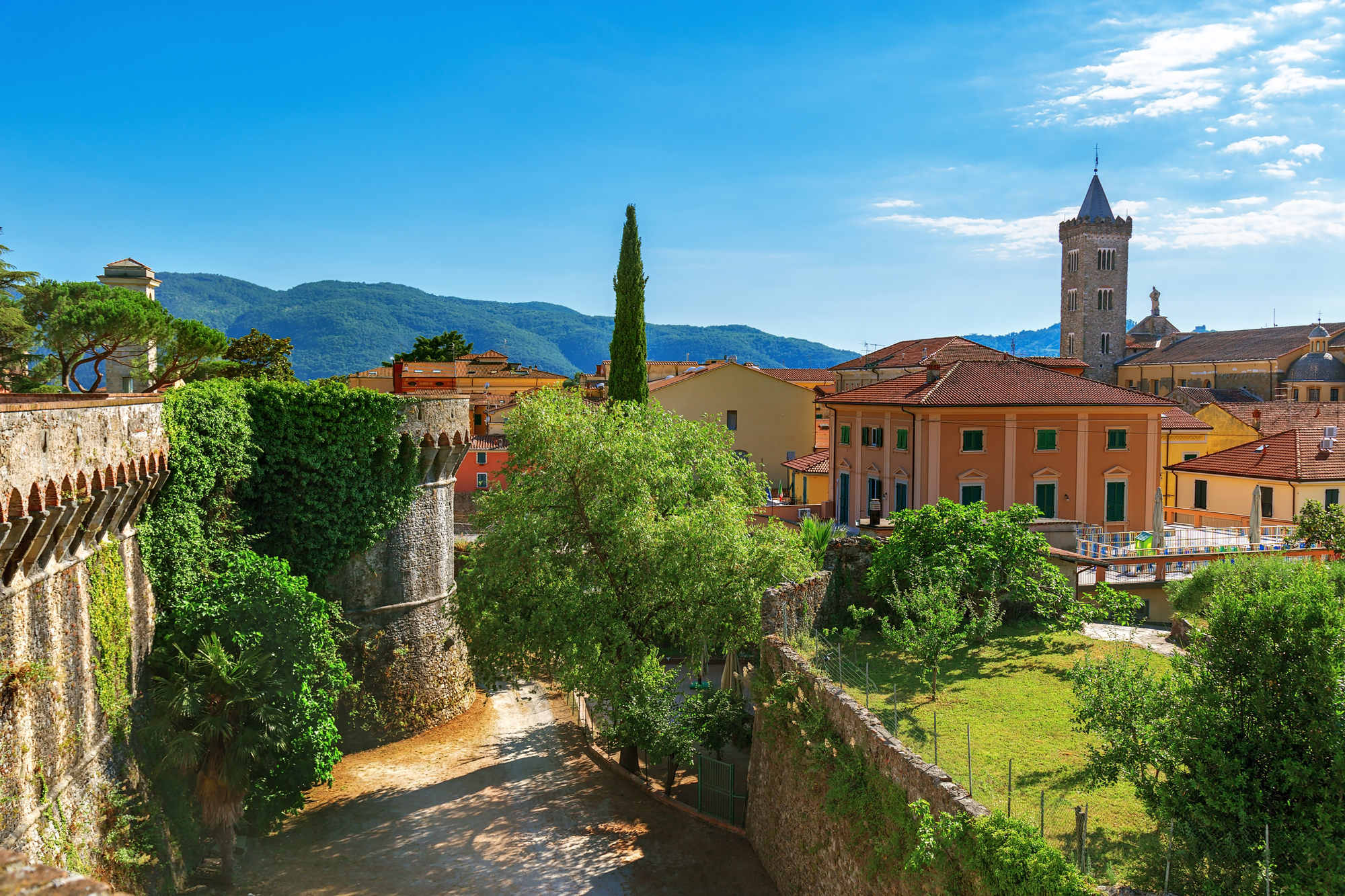Nestled on the Ligurian Coast, Tellaro is one of Italy’s best-kept secrets and a charming village that draws travelers seeking a serene escape. Known for its colorful facades and captivating views, it offers a tranquil vibe distinct from its bustling counterparts. As one of the most beautiful villages in Italy, Tellaro promises not only scenic beauty but a rich cultural tapestry waiting to be explored.
This delightful village sits just before Tuscany on Italy’s northwestern edge, making it a perfect stop for those exploring the Mediterranean coastline. Whether you’re wandering through its narrow lanes or soaking up the sea views, Tellaro offers a picturesque backdrop for a perfect vacation. The village’s intimate atmosphere makes it an ideal place to unwind and immerse yourself in local life.
Find available hotels and vacation homes instantly. No fees, best rates guaranteed!
From its quaint harbor to its vibrant houses, Tellaro captures the heart of every visitor. Its proximity to Liguria’s other famed spots, such as Cinque Terre, enhances its allure, ensuring your journey is filled with diverse experiences. If you’re looking for a blend of history, beauty, and tranquility, Tellaro is a must-visit destination that will certainly charm its way into your travel memories.
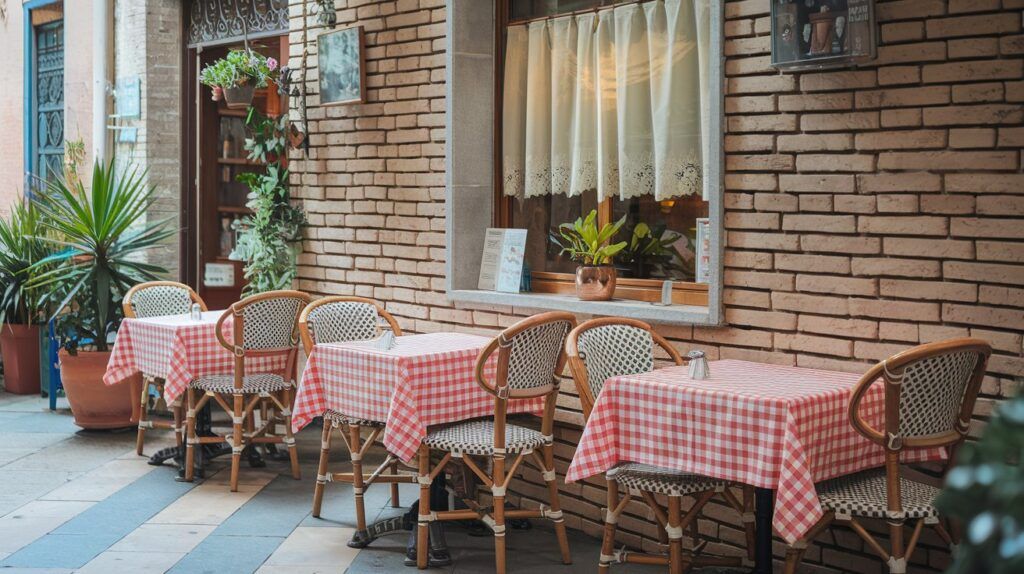
How To Get To Tellaro
Tellaro is a charming village in Italy, perfect for a relaxing getaway. Located on the Ligurian coast, it offers stunning views and a taste of traditional Italian life.
To get to Tellaro, aim to travel to La Spezia first. From La Spezia, you have several options to complete your journey.
By Car: From La Spezia, take the A15 motorway, exit at Lerici, and continue along SP331 to reach Tellaro. This route offers beautiful scenic views and takes around 25 minutes. We recommend booking a rental car in advance to ensure you have a car waiting for you.
By Bus: Buses run regularly from La Spezia to Lerici. Once in Lerici, you can hop on a local bus to Tellaro. This entire journey might take about 40 minutes.
Tellaro is close to the Cinque Terre villages, which are popular for their picturesque landscapes. If you’re traveling from any of the Cinque Terre towns, you can reach Tellaro by car or bus, enjoying the coastal scenery along the way.
Note: There are no direct trains or ferries to Tellaro, making road travel the most convenient option. Public transport is available but can be limited, so checking schedules ahead of time is wise.
To make your arrival hassle-free, we recommend booking a private taxi.
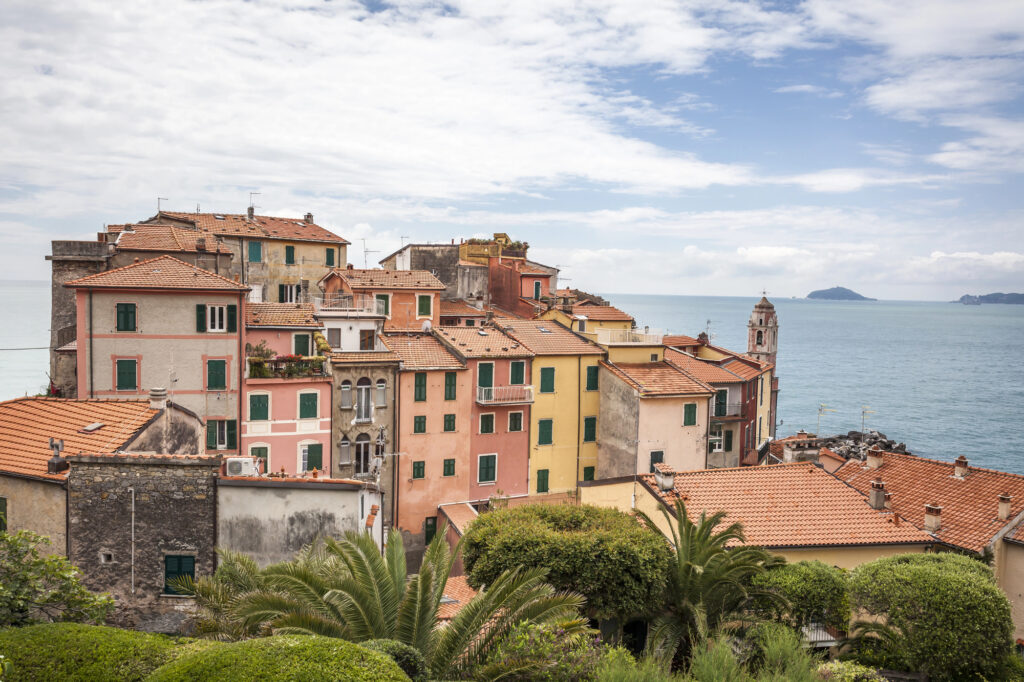
What To See In Tellaro
Exploring Tellaro offers a chance to experience a delightful mix of coastal beauty and cultural charm. Narrow Streets and Alleys: Wander through the village’s narrow streets and alleys. You will find yourself surrounded by colorful houses and charming stairways that offer stunning sea views.
Church of San Giorgio: Visit the historic Church of San Giorgio, a key landmark with beautiful architecture. The Church of St. George overlooks the Gulf of La Spezia and provides a tranquil spot for reflection. Gulf of Poets: The surrounding Gulf of Poets is a picturesque sight, offering breathtaking views perfect for photography enthusiasts.
Montemarcello-Magra Regional Park: Venture into the Montemarcello-Magra Regional Park, where you can hike through trails flanked by olive groves. It’s a serene escape into nature. Fiascherino Beach: Relax at Fiascherino Beach, known for its crystal-clear waters. It’s an ideal spot for sunbathing or kayaking.
Octopus Festival: If you visit during the right time, partake in the annual Octopus Festival where you can enjoy delicious seafood, a true delight for food lovers. Local Amenities: Don’t miss trying local food at Bar La Marina, and consider staying at Camping Gianna for a unique accommodation experience amidst nature.
Check out our articles on the best things to do in Tellaro, Italy and best restaurants in Tellaro, Italy for even more ideas!
Where to Stay in Tellaro
Read our article on hotels near Tellaro, Italy for the best options for your stay. Here’s a short list of some options:
If you’re looking to stay in a vacation home, apartment, BnB, or VRBO in Tellaro, Italy, we recommend you search on VRBO, Hotels.com, and Booking.com for up-to-date options.
History Of Tellaro
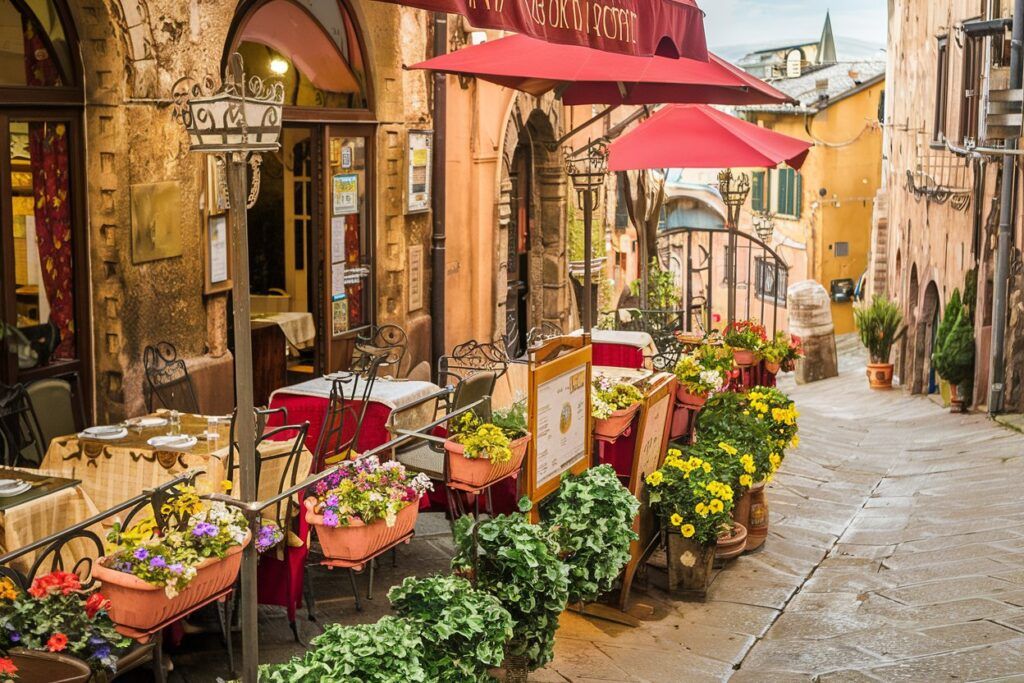
Tellaro is a picturesque village located along the Italian Riviera, known for its rich history and stunning views. Nestled on the rocky coast, the village has roots dating back to the Middle Ages. Due to its coastal position, Tellaro played an important role in maritime activities during this period.
One captivating tale from Tellaro’s past involves a giant octopus. It’s said to have saved the village from pirate attacks by ringing the church bells. This legend is an important part of the local lore and is celebrated annually by the villagers.
The village has also been a muse for writers and artists. Mario Soldati, a renowned Italian writer, found inspiration in Tellaro’s charm. The acclaimed poet Lord Byron was mesmerized by the area, drawn to its unique blend of nature and history.
There are stories about abandoned villages nearby, adding to the mystique of the area. Walking through the narrow streets, you can feel the echoes of the past in the ancient walls and cobblestones. Exploring Tellaro provides a window into history, inviting you to uncover its legends and secret tales.
Nearby Towns to Tellaro
Tellaro, a charming village on the Ligurian coast, is surrounded by several larger towns that offer a variety of attractions and experiences. Here are five of the closest big towns to Tellaro:
- La Spezia: La Spezia is a bustling port city known for its naval history and proximity to the Cinque Terre. The city features the impressive Naval Technical Museum, beautiful waterfront promenades, and easy access to the picturesque villages of the Cinque Terre.
- Carrara: Carrara is known for its high-quality marble quarries that have been used since Roman times. The town offers fascinating tours of the marble quarries and a rich history linked to its stone-working heritage.
- Sarzana: Sarzana is a charming town with a well-preserved historic center, featuring medieval architecture, narrow streets, and vibrant markets. The town is known for its impressive fortresses, such as the Fortress of Sarzanello.
- Massa: Massa is a historic town known for its beautiful Renaissance architecture, including the Malaspina Castle and the Cathedral of Saints Peter and Francis. The town is also close to the Apuan Alps, offering stunning natural landscapes.
- Pisa: Pisa, famous for its iconic Leaning Tower, offers a wealth of historical and architectural attractions, including the Piazza dei Miracoli, the Pisa Cathedral, and the Pisa Baptistery.
Discover hand-picked hotels and vacation homes tailored for every traveler. Skip booking fees and secure your dream stay today with real-time availability!

